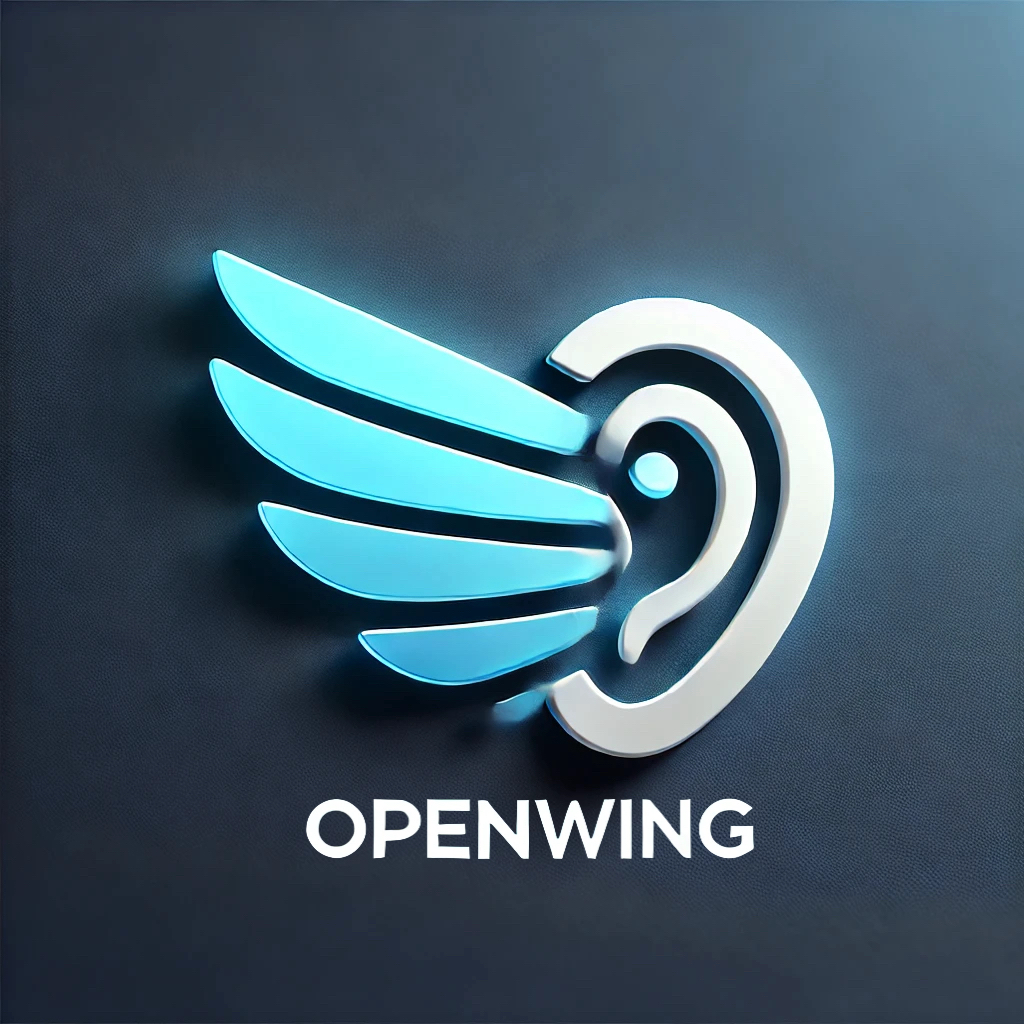The countdown has begun for food retailers and their supply chain partners towards the FSMA 204 compliance deadline on January 20, 2026. However, this isn’t the only pressing food safety concern on the radar. As technology rapidly evolves, its transformative power is crucial in preventing these issues from escalating into major crises.
Innovations in technology are emerging at a breakneck pace, revolutionizing manufacturing, retail, and supply chain processes. Liz Sertl, the Senior Director of Supply Chain Visibility for GS1 US, underscores the profound impact of new tools such as robotics, automation, artificial intelligence (AI), Internet of Things (IoT), and the expanding capabilities of digital technology.
According to Sertl, the life cycle of a product—from the farm or manufacturing plant to retail shelves and home kitchens—is shifting towards an integrated, fully connected network. This evolution presents new opportunities for advanced analytics and predictive intelligence. “Together,” Sertl explains, “these technologies create an integrated information channel that connects organizations and systems, facilitating data flow from the farm to the retailer. This data serves as a roadmap for track-and-traceability that far exceeds past capabilities. End-to-end recordkeeping and data exchange between trading partners support transparency and enable real-time, accurate monitoring of products in the supply chain, facilitating quick responses to issues such as potential contamination.”
However, achieving these benefits requires leveraging standards to ensure effective data exchange among stakeholders. Standards like the Global Trade Item Number (GTIN) and Global Location Numbers (GLNs) by GS1 allow for product and location identifiers to be communicated in a common language that all trading partners can comprehend.
A technology poised to play an increasingly pivotal role in food safety is the two-dimensional barcode, such as a QR code. Unlike the traditional UPC code used since the 1970s for product identification and price lookup, QR codes have exponentially more data capacity. Sertl notes that this added capacity allows producers to convey expanded product information digitally, including batch/lot numbers and expiration dates. When aligned with GS1 Standards and embedded with a GS1 Digital Link, supply chain partners can update and share information electronically in real time. This capability facilitates comprehensive tracking and tracing throughout the product’s journey, establishing a clear chain of custody and providing records crucial for monitoring freshness and preventing foodborne illnesses.
In addition to QR codes, radio-frequency identification (RFID) technology is essential for food safety. RFID enables the scanning of individual products within larger groupings, which is particularly useful on manufacturing floors, in warehouses, and on retail shelves. “RFID is a great way to quickly locate and remove products, saving time and resources during a crisis,” Sertl explains. The key to complete traceability lies in the full adoption of standards to support system compatibility across the supply chain and the quality of producers’ data for clear, accurate exchange between trading partners.
Smart solutions are also gaining traction. Smart refrigeration monitoring systems track temperature history and alert users to any temperature deviations. This real-time monitoring can identify the root cause of recalls, enhancing food safety compliance. Genomic sequencing technology is another groundbreaking innovation, enabling the identification and tracking of pathogens at a molecular level for more accurate and swift responses to contamination.
Modified atmosphere packaging (MAP) technology is crucial for maintaining the freshness and quality of produce, particularly during breaks in the cold chain. Advanced quality-control technologies now allow producers to efficiently measure ripeness and shelf life, ensuring peak quality by the time fruits and vegetables reach consumers.
Environmental sensing technology also plays a vital role in post-harvest management, helping producers remotely monitor storage conditions in real time. This capability ensures that the quality and safety of fresh foods are maintained until they reach consumers. Should any issues arise during this process, advanced technologies can alert producers and handlers promptly, expediting recall resolutions.
Advanced software for documentation purposes is progressively replacing outdated paper-based recordkeeping systems. This digital shift streamlines the certification process, reducing audit preparation time for producers. Andrew Wood, Director of Business Development at ASI, emphasizes that while the company constantly experiments with new technology to simplify certification processes, cost remains a consideration. ASI aims to keep prices fair and sometimes forego certain technologies, such as Google Glass, if they would increase costs for customers.
In summary, the integration of cutting-edge technologies and standards is revolutionizing food safety across the supply chain, offering unprecedented levels of traceability, efficiency, and responsiveness. As the industry moves towards comprehensive digital solutions, the future of food safety looks both promising and transformative.


